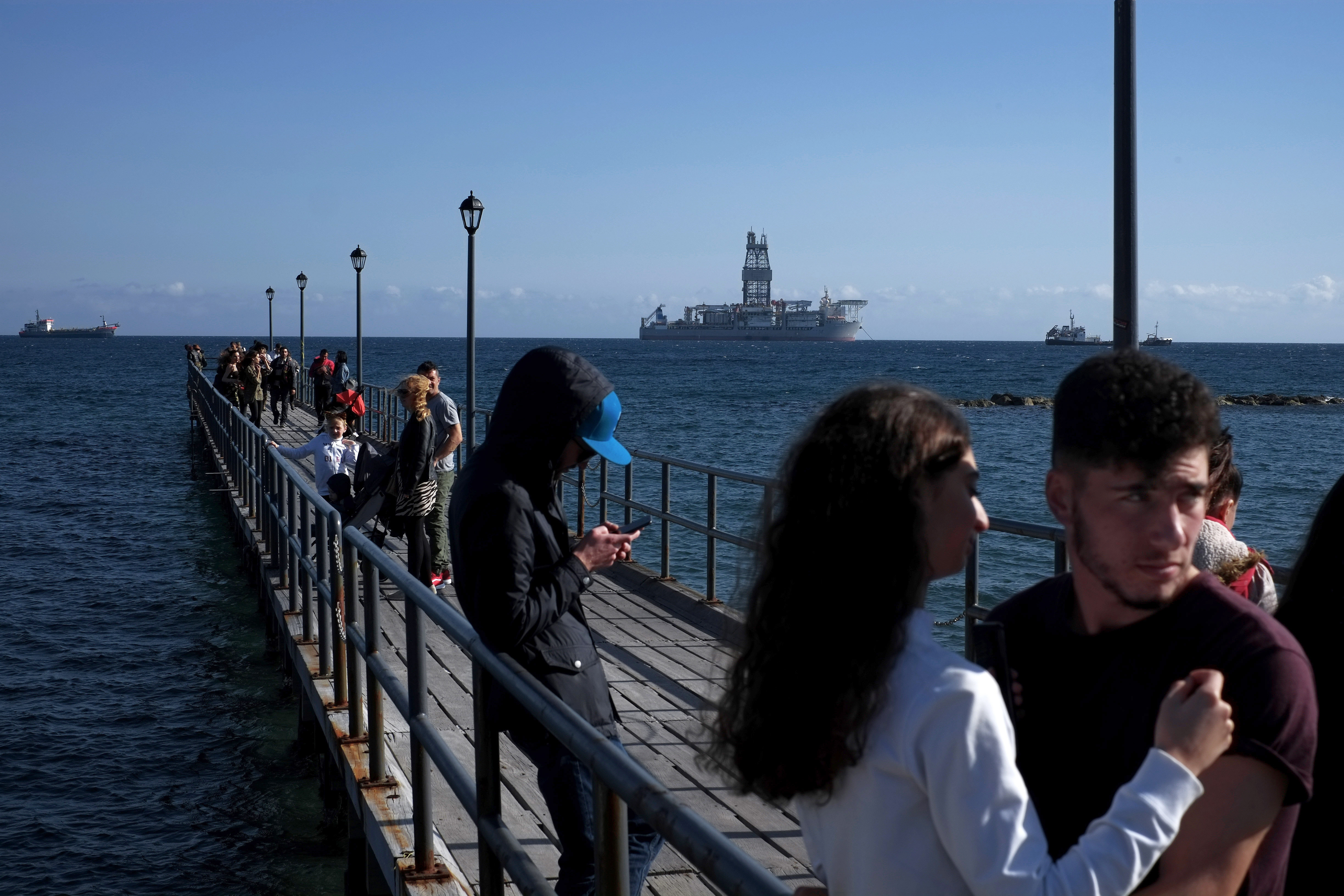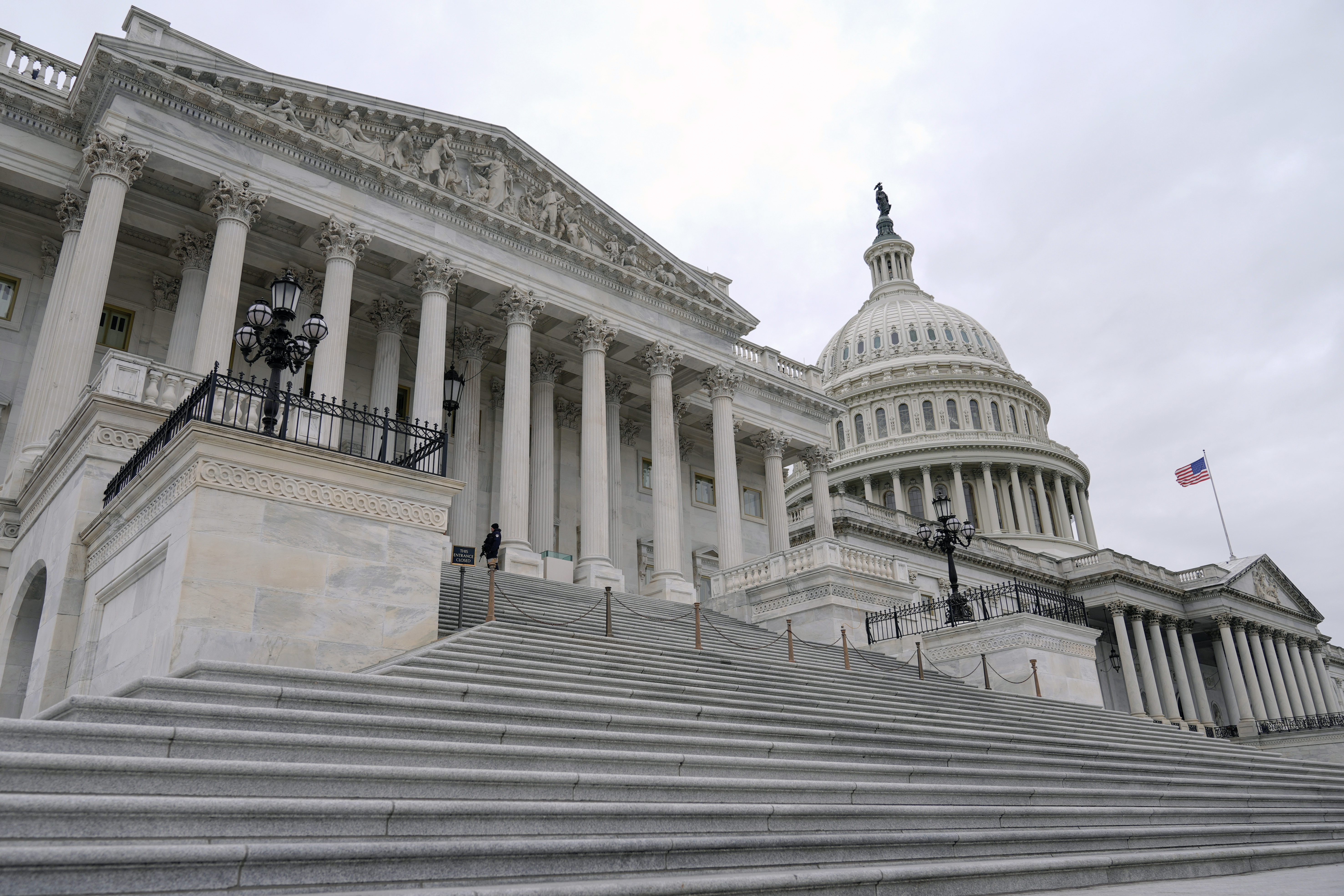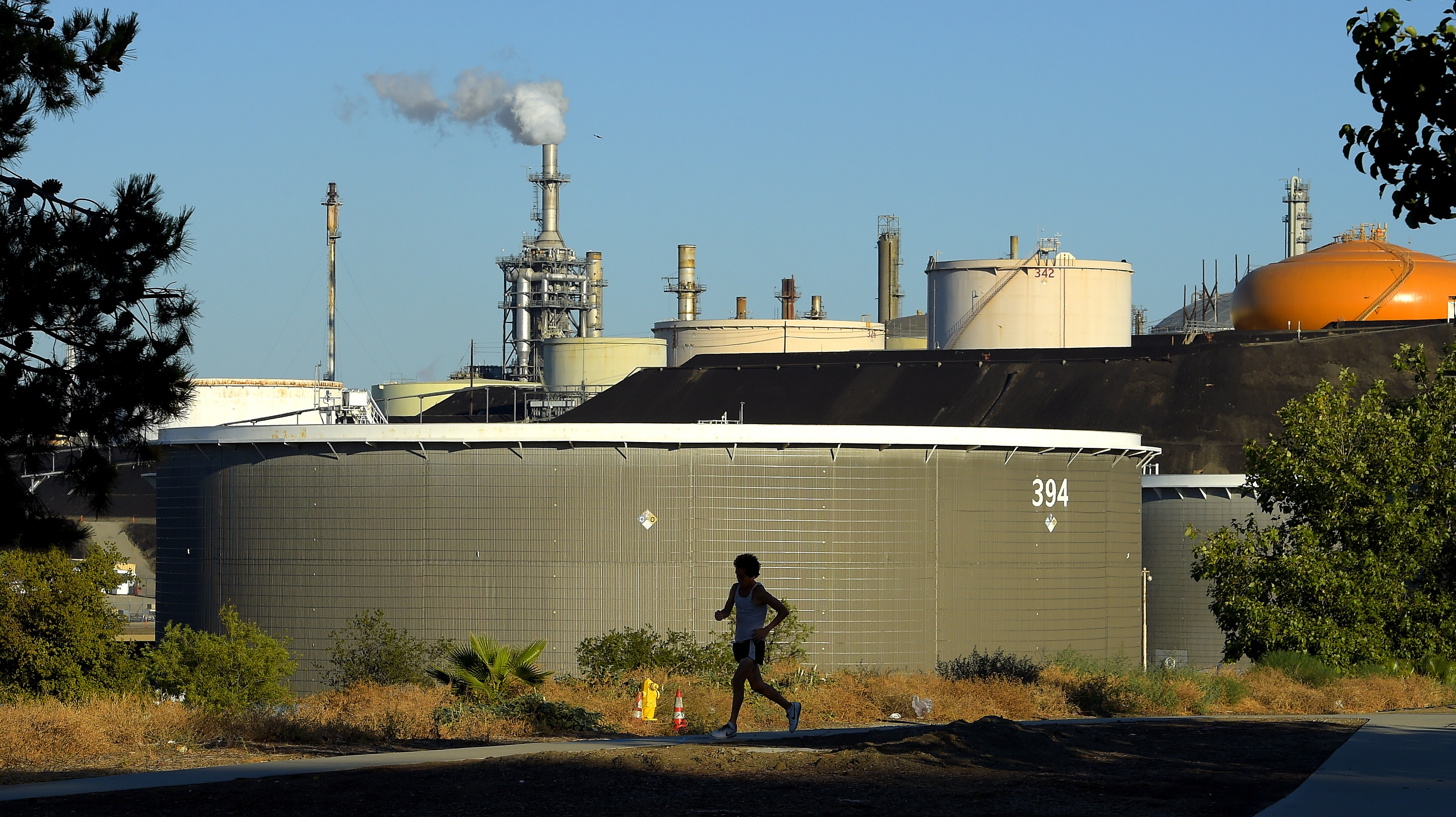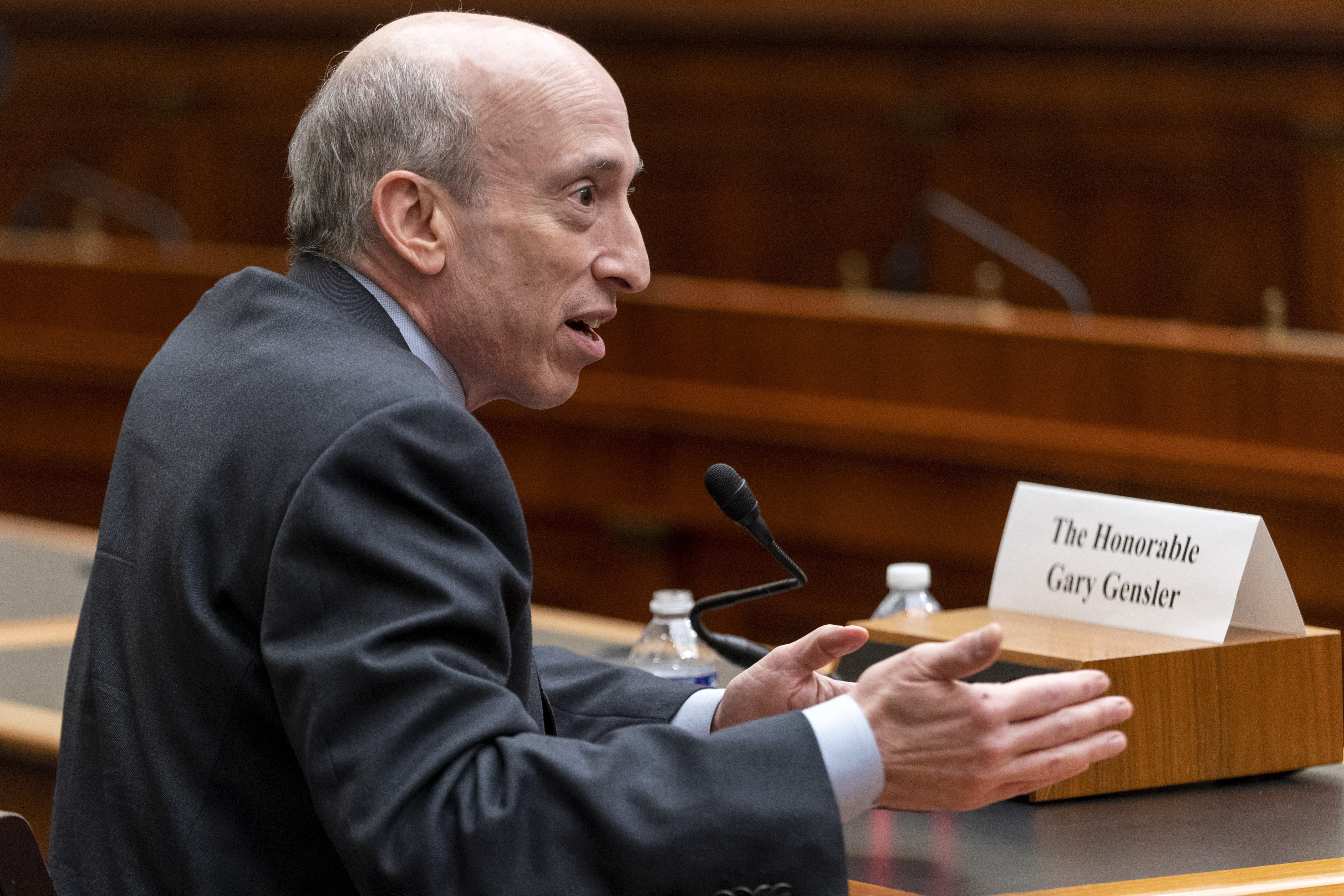TAMPA, Fla. (WFLA) — Floridians can now add “Idalia” to the growing list of “I”-named hurricanes to target the state.
On Sunday, Tropical Storm Idalia formed and was projected to eventually become a hurricane. As they brace for another busy storm seasons, some parts of the Gulf are still recovering from the devastation Hurricane Ian left last year
Longtime Florida residents will remember the devastating hurricanes Irma, Irene, Ida, Ian, and Ingrid, as well.
Why are hurricanes that start with I more destructive? It all comes down to timing.
The World Meteorological Organization picks hurricane names on a six-year rotation. There are six lists of names that they rotate through, going down the list alphabetically. I is the ninth letter of the alphabet.
Often, the ninth storm of the year hits around peak hurricane season, reports the Washington Post, from mid-August to late September. Ocean temperatures and wind conditions during this period tend to contribute to especially strong storms that end up causing the most damage.
The WMO retires a name when a storm is especially catastrophic or deadly, making the reuse of its name insensitive or inappropriate.
According to the WMO, the letter with the most number of retirees is – you guessed it – “I.” Including last year’s Hurricane Ian, there have been a total of 14 retired I-letter hurricane names.
Due to names being retired for their deadly force, Hurricane Irma was struck from the list after causing 129 deaths in the U.S. in 2017.
Irma’s name was instead replaced with Idalia.
At 2 p.m. Sunday, the storm was about 80 miles east-southeast of Cozumel, Mexico, moving north at 2 mph with highest sustained winds of 40 mph, forecasters said. Hurricanes have winds of 74 mph (119 kph) and above.
Forecasters said they expected Idalia to become a hurricane on Tuesday in the Gulf of Mexico and then curve northeast toward the west coast of Florida. Initial forecasts indicated that Idalia could approach Florida on Wednesday as a Category 1 hurricane.
Large parts of the western coast of Florida are at risk of seawater surging onto land and flooding communities when a tropical storm or hurricane approaches. That part of Florida is very vulnerable to storm surges, Jamie Rhome, deputy director of the National Hurricane Center, said Sunday.
“So it will not take a strong system or a direct hit to produce significant storm surge,” he said. “So if you’re anywhere along the Florida Peninsula, western Florida Peninsula, so let’s say from about Fort Myers northward to the Panhandle, you’ve really got to be paying attention.”
List of retired I-named hurricanes:
- Ione, 1955
- Inez, 1966
- Iris, 2001
- Isidore, 2002
- Isabel, 2003
- Ivan, 2004
- Ike, 2008
- Igor, 2010
- Irene, 2011
- Ingrid, 2013
- Irma, 2017
- Iota, 2020 (from the Greek alphabet)
- Ida, 2021
- Ian, 2022
The Associated Press contributed to this report.























